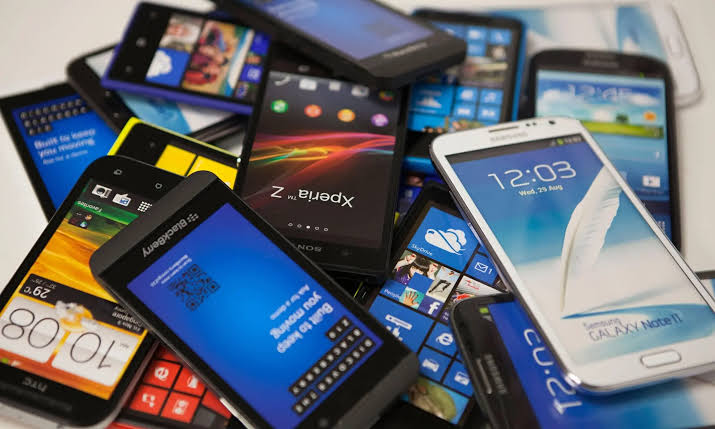Did you know? Your smartphone could detect earthquakes before they strike
Imagine holding in your hand a device that could one day save your life. It’s not some futuristic gadget from a sci-fi movie—it’s your smartphone. Today, the very technology we use to chat with friends, navigate traffic, and capture memories is quietly transforming into one of the most powerful earthquake detection tools ever created.
On October 25, 2022, a modest 5.1-magnitude earthquake rippled through California’s Bay Area. The quake itself wasn’t catastrophic, but it highlighted a groundbreaking development: many residents received alerts on their phones moments before the shaking began. This wasn’t a fluke; it was the result of years of innovative collaboration between Google, the United States Geological Survey (USGS), and leading California universities.
So, how exactly does your smartphone detect an earthquake? The secret lies in a tiny, yet incredibly sensitive component inside most Android devices: the accelerometer. Originally designed to detect when you tilt your phone—like when you switch from portrait to landscape mode—the accelerometer is also adept at picking up vibrations that are characteristic of the initial waves of an earthquake, known as Primary (P) waves.
When your phone detects these subtle tremors, it automatically sends data to the Android Earthquake Alerts System. Here’s where it gets truly remarkable: by pooling this data from millions of smartphones across a region, the system can accurately determine whether an earthquake is occurring and pinpoint its location. If the system confirms an earthquake, it sends out alerts to other phones in the area, sometimes giving people crucial seconds to take cover.
Consider this: on August 6, 2024, a 5.2-magnitude earthquake struck just south of Bakersfield, California. Residents received up to 30 seconds of warning thanks to this system—time enough to get under a sturdy table, halt a train, or stop a plane from taking off. It’s a small window, but in the chaos of an earthquake, those few seconds can be the difference between life and death.
READ ALSO: Smartphone App Detects And Alerts Sleepy Drivers
This revolutionary approach to earthquake detection doesn’t rely solely on traditional seismometers—expensive devices placed strategically around earthquake-prone areas like California. While these remain vital, Google’s system has turned millions of ordinary smartphones into a vast, global network of mini seismometers. And it’s not just confined to California; the Android Earthquake Alerts System now operates in over 90 countries, protecting lives in places where traditional monitoring might not reach.
But what about places with few smartphone users or earthquakes that occur far offshore, triggering tsunamis? The system still has its limitations. However, the potential is immense. For the first time, we’re seeing how everyday technology can democratize safety, offering early warnings to even the most remote corners of the globe.
READ ALSO: The Human Eye: A camera more powerful than you think
As Marc Stogaitis, a software engineer at Android, puts it, “We’re racing the speed of light against the speed of an earthquake.” And while predicting earthquakes before they happen is still beyond our reach, this cutting-edge technology is giving us a crucial head start, turning smartphones into life-saving tools in our pockets.
So the next time you reach for your phone, remember: it’s not just a portal to the digital world; it’s part of a global effort to protect you from one of nature’s most unpredictable dangers.
Follow the Neptune Prime channel on WhatsApp:
Do you have breaking news, interview request, opinion, suggestion, or want your event covered? Email us at neptuneprime2233@gmail.com





